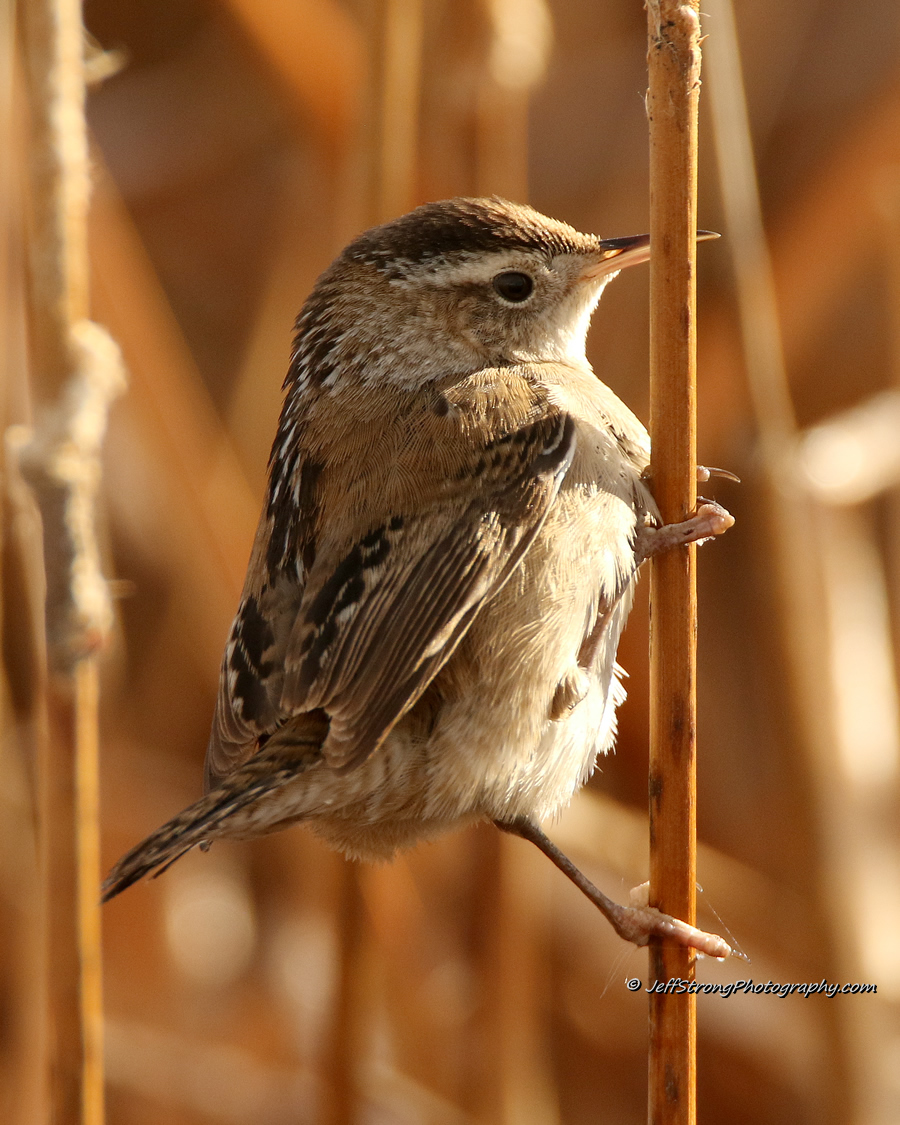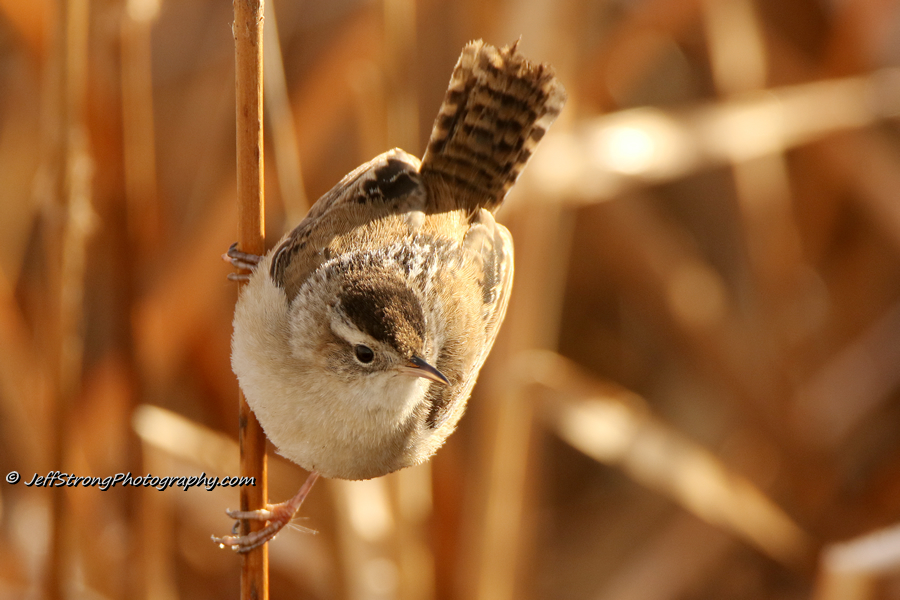You are probably wondering why the title of this post refers to marsh wrens, and the first picture posted is of tundra swans. Let me explain. Bird watching is a passion of mine, and do I spend a great deal of time in nature looking for birds to observe and photograph.
I do have my favorites, as many bird enthusiasts do, and many of my trips to find birds are devoted to those particular species. Today was one of those days.

I got up early this morning with one thing on my mind, tundra swans. This morning was intended to be solely for the purpose of finding and photographing the tundra swans on the Bear River Migratory Bird Refuge.
With this year’s mild winter, swan numbers are starting to build up a bit earlier than normal, so I wanted to try and catch them while there was still ice on the refuge. This makes photographing the tundra swans a lot easier than usual, depending on where the ice and open pockets of water are at the time.
So what does this have to do with marsh wrens? I am almost to that part of the story.

When I arrived at the refuge, I for sure found what I was looking for. The tundra swans were definitely congregating on the refuge in large numbers. The only problem, however, was the location they were staging on for this warm February morning.
From a viewing standpoint, it was spectacular, but from a photography standpoint, however, it was a near disaster. The sun was coming from the wrong direction, and there was no way to get the type of images I had sought out for so I casually watched them for a while then continued on my way, hoping to come across something else of interest I could photograph for my blog.
As I was sitting in my truck watching another flock of tundra swans, once again, looking directly into the sun with no hopes of getting any clean images, a reed bounced back and forth, right in front of me, pulling my attention away from the large flock of swans on the water.
It was from a marsh wren just 10 feet away, seemingly willing to help a frustrated photographer go home with some usable images for his blog.

I was only fortunate enough to get three usable images of this curios but secretive marsh wren. They are a frustrating bird to watch, and even more so to photograph, because most of the year, they prefer to be buried deep in the reeds.
The only exception to this I have seen is when the urge to start another family builds to where they climb to the highest cattail and sing their little hearts out for a few weeks or more during the spring, possibly declaring their territory for all rival wrens to hear and see.
It is much too early for this annual mating and nest building behavior to begin, so I can only chalk this unexpected time spent with a friendly marsh wren to curiosity on its part. I was able to watch it for a long time, 15 minutes or more I suppose, but it only allowed me a brief glimpse of itself in a clear view of the camera.

Marsh wrens are very common but seldom seen by many bird watchers. They live much of their lives low and near to the marsh floor, embedded underneath a canopy of reeds and cattails.
They have a distinct chatter type of call, so when you hear it, stop and watch the vegetation nearby. Look for a small brown bird, about the size of a warbler, darting in and out of the dense canopy, and you will find the marsh wren.
Come visit the Bear River Migratory Bird Refuge auto tour route to see the marsh wren this spring as it sings its song high atop the vast stands of reeds and cattails. They are beautiful little birds and well worth the effort to find while out bird watching.
Visit the official website for the Bear River Migratory Bird Refuge to get more information about the refuge and what it has to offer, including the wildlife education center and self-guided auto tour route.
Below is a virtual 360 image of one location on the nearly 12-mile refuge auto tour route to give readers a quick look at the overall look of the refuge. Spin the image around with your mouse to see the full 360 view of the image to get a good idea of what the auto tour route is like. It is a bird watching hotspot bird watchers of all ages and experiences can enjoy.
Lastly, don’t forget to subscribe to this blog via email for future posts and please check out our photography website with more images of birds, butterflies and other parts of nature we get to explore and photograph.
Much of the images we capture are taken from the Bear River Migratory Bird Refuge and the adjoining Great Salt Lake ecosystem, located in northern Utah. Spring is on its way, and so is the upcoming influx of migrating birds to the Bear River Migratory Bird Refuge.


